Optimal Timing for Concrete Stampings
Concrete stampings are most effectively applied during specific weather conditions to ensure optimal results. Proper timing can influence the durability, appearance, and longevity of stamped concrete surfaces. Understanding the ideal periods for installation helps achieve the desired aesthetic and structural performance.
Spring offers moderate temperatures and lower humidity, making it suitable for concrete stamping projects. It reduces the risk of cracking and ensures proper curing.
Early summer can be ideal if the weather is warm and dry. Avoiding peak heat hours helps prevent rapid drying and cracking.
Fall provides cooler temperatures and less rain, which are beneficial for curing and finishing stamped concrete.
Cold temperatures and potential freezing conditions hinder proper curing and can damage stamped concrete surfaces.

A freshly stamped concrete surface during spring with mild weather conditions.
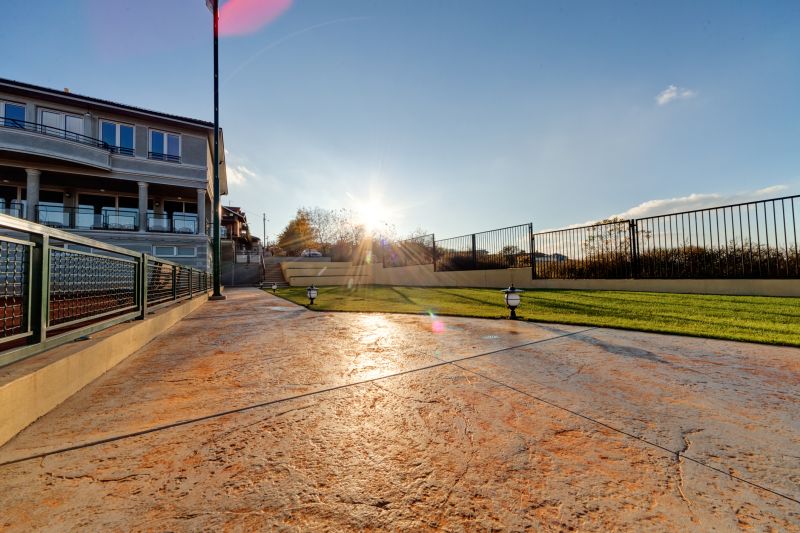
Stamped concrete being installed under warm, dry summer conditions.
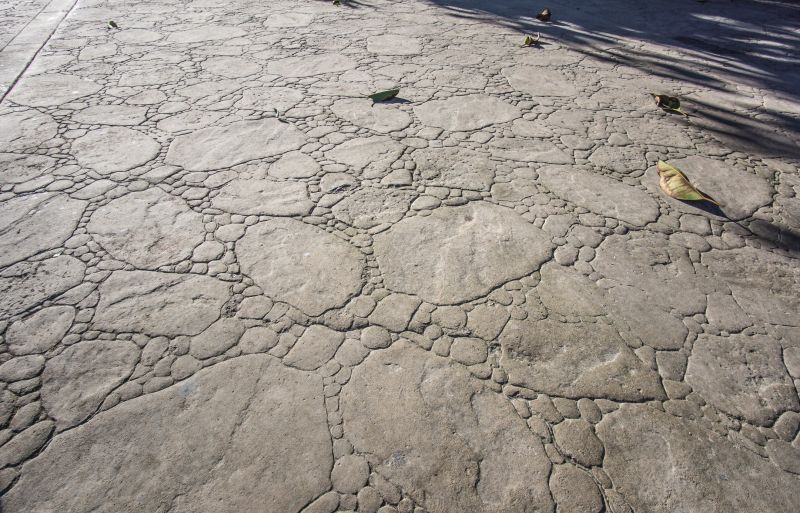
Autumn weather providing ideal conditions for concrete stamping projects.
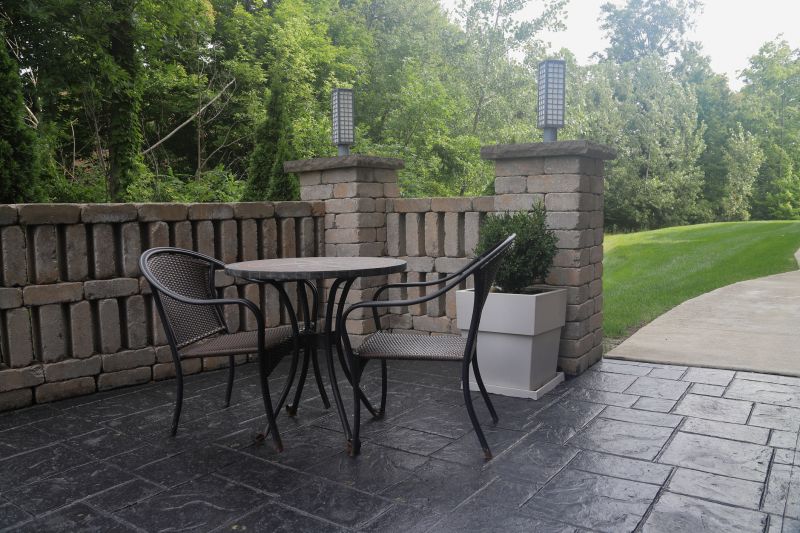
Ways to make Concrete Stampings work in tight or awkward layouts.
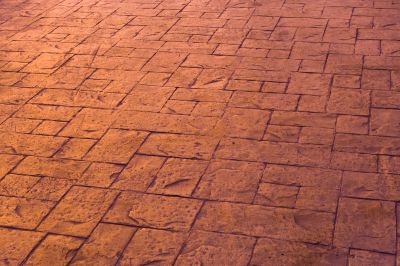
Popular materials for Concrete Stampings and why they hold up over time.

Simple add-ons that improve Concrete Stampings without blowing the budget.
| Weather Condition | Best Time to Stamp |
|---|---|
| Temperatures below 50°F | Not recommended |
| Temperatures between 50°F and 85°F | Ideal |
| High humidity | Avoid |
| Rain or moisture | Avoid |
| Freezing temperatures | Not recommended |
Concrete stampings involve pressing decorative patterns into freshly poured concrete to create textured surfaces that mimic stone, brick, or other materials. This process enhances aesthetic appeal and can increase property value. Proper timing ensures that the concrete is at the right stage of setting, allowing for clean impressions and durable finishes.
Statistics show that stamped concrete can last for decades when installed under appropriate conditions. Proper curing and timing are essential to prevent issues such as cracking, spalling, or surface deterioration. The success of a stamped concrete project depends heavily on weather conditions during installation and curing phases.
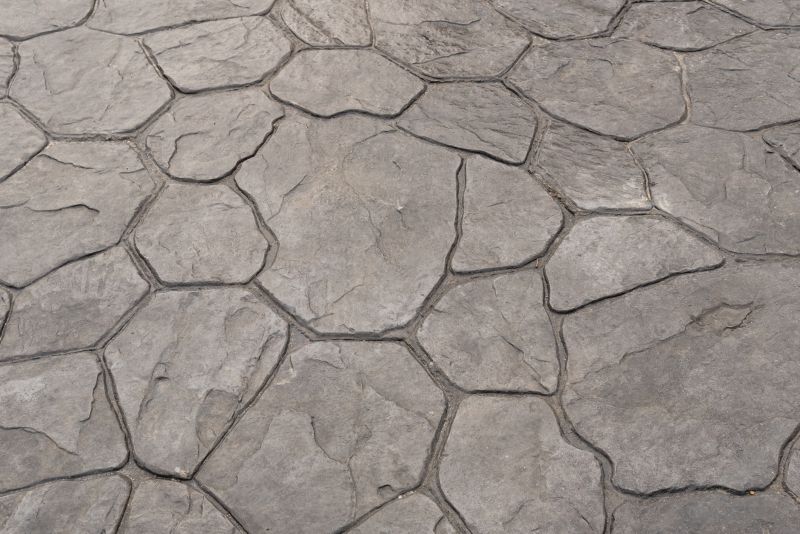
A detailed pattern applied to a driveway during optimal weather conditions.

A vibrant stamped concrete patio in ideal installation weather.

Close-up of stamped concrete surface showing intricate pattern details.
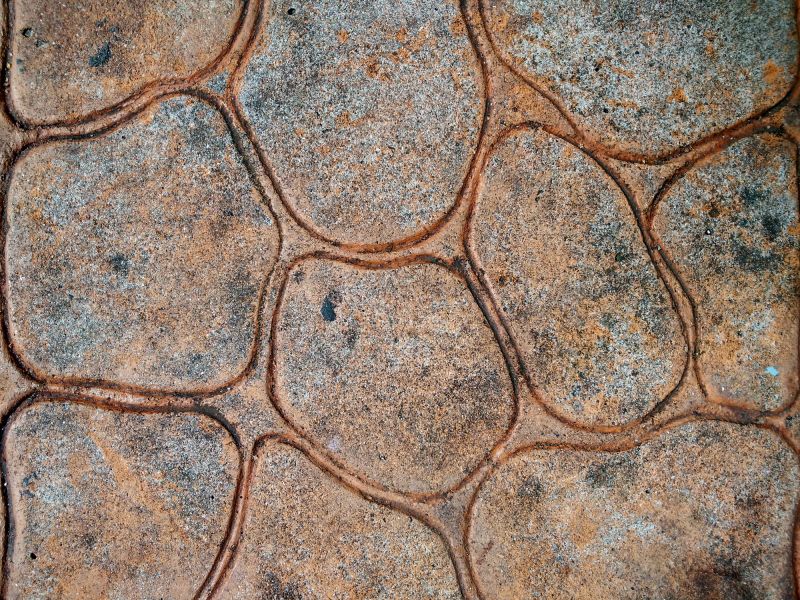
A completed stamped concrete project with sealing for durability.
Interested parties are encouraged to contact for more information on scheduling and project planning to ensure the best results for concrete stamping projects.
